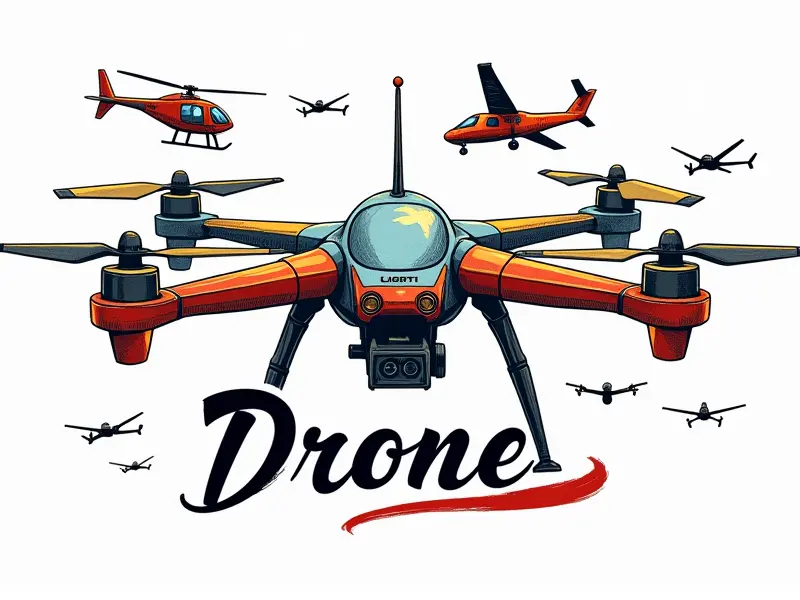How to launch a RC plane?

How to Launch an RC Plane: A Comprehensive Guide
Welcome to the exciting world of radio-controlled (RC) aviation! Whether you're a seasoned pilot or just starting out, mastering the art of launching your RC plane is crucial for safe and enjoyable flying. This guide will walk you through essential steps, tips, and techniques to ensure smooth takeoffs every time.
Mastering RC Plane Takeoff Techniques
The first step in becoming a proficient RC pilot is understanding the nuances of takeoff techniques. Proper launch methods can make or break your flight experience. Here are some key points to consider:
- Pre-flight Checks: Ensure all components, including batteries and propellers, are securely attached.
- Wind Direction: Takeoffs should be conducted into the wind for better control and stability.
- Runway Conditions: Choose a flat surface free from obstacles to prevent accidents during takeoff.
The Art of RC Plane Takeoffs
Mastery over RC plane takeoffs requires practice, patience, and precision. Here’s how you can refine your skills:
- Smooth Throttle Control: Gradually increase throttle to avoid sudden movements that could destabilize the aircraft.
- Aerodynamic Alignment: Ensure proper alignment with the wind direction for optimal lift generation.
- Visual Cues: Use visual references on the ground and in the sky to gauge your plane’s position accurately.
Beginner's Guide to RC Plane Launch
If you're new to RC planes, launching them can seem daunting. However, with these beginner-friendly tips, you'll be off the ground in no time:
- Start Small: Begin with simpler models that are easier to control.
- Practice Ground Rolls: Familiarize yourself with your plane’s behavior on the runway before attempting takeoffs.
- Seek Guidance: Join local RC clubs or online forums for advice and support from experienced pilots.
Tips for Smooth RC Plane Takeoffs
A smooth takeoff is not only safer but also more enjoyable. Here are some practical tips to achieve this:
- Weight Distribution: Ensure your plane’s weight is evenly distributed to maintain balance during takeoff.
- Propeller Maintenance: Regularly check and clean propellers for optimal performance.
- Weather Conditions: Avoid launching in extreme weather conditions that could compromise flight safety.
How to Safely Launch an RC Plane
Safety should always be your top priority when launching an RC plane. Follow these guidelines to minimize risks:
- Battery Health: Use fully charged batteries and replace old or damaged ones.
- Visual Inspection: Conduct a thorough visual inspection before each flight to identify any potential issues.
- Emergency Procedures: Know the emergency procedures for your specific model in case of unexpected situations.
Essential Steps for RC Plane Takeoff
To ensure a successful takeoff, follow these essential steps:
- Perform pre-flight checks to confirm all components are secure and functioning properly.
- Select an appropriate runway based on wind direction and surface conditions.
- Gradually increase throttle while maintaining control over the plane’s orientation.
Top Strategies for RC Plane Takeoffs
Developing a strategic approach to takeoffs can significantly enhance your flying experience. Consider these strategies:
- Practice Makes Perfect: Regular practice is key to improving your skills and confidence.
- Adaptability: Be prepared to adapt your techniques based on changing weather conditions or runway environments.
- Feedback Loop: Continuously evaluate and refine your takeoff methods for better results over time.
Quick Guide: RC Plane Launch Basics
For those looking for a concise overview, here’s a quick guide to launching an RC plane:
- Checklist Completion: Ensure all pre-flight checks are completed.
- Wind Direction Awareness: Launch into the wind for better control and stability.
- Smooth Throttle Increase: Gradually increase throttle to avoid sudden movements.
Easy Steps to Launch RC Planes
Launching an RC plane can be simplified with these easy-to-follow steps:
- Conduct a thorough pre-flight inspection of your aircraft.
- Select a suitable runway based on wind direction and surface conditions.
- Increase throttle gradually while maintaining control over the plane’s orientation.
Secrets to a Perfect RC Plane Start
Achieving a perfect start requires attention to detail and consistent practice. Here are some insider tips:
- Precision Control: Focus on precise control inputs for smoother takeoffs.
- Weight Management: Optimize weight distribution for better performance.
- Continuous Learning: Stay updated with the latest techniques and technologies in RC aviation.
Optimal Techniques for RC Plane Launch
To achieve optimal launch results, consider these advanced techniques:
- Dynamic Wind Assessment: Continuously assess wind conditions during takeoff to adjust your approach accordingly.
- Advanced Throttle Control: Master the art of fine-tuning throttle inputs for smoother transitions.
- Scenario-Based Training: Practice different scenarios and environments to enhance adaptability.
Conclusion
Mastery of RC plane takeoffs is essential for any pilot, whether you're a beginner or an experienced enthusiast. By following the tips and techniques outlined in this guide, you can ensure safe and successful launches every time. Remember to practice regularly, stay informed about the latest advancements in RC aviation, and always prioritize safety. Happy flying!

